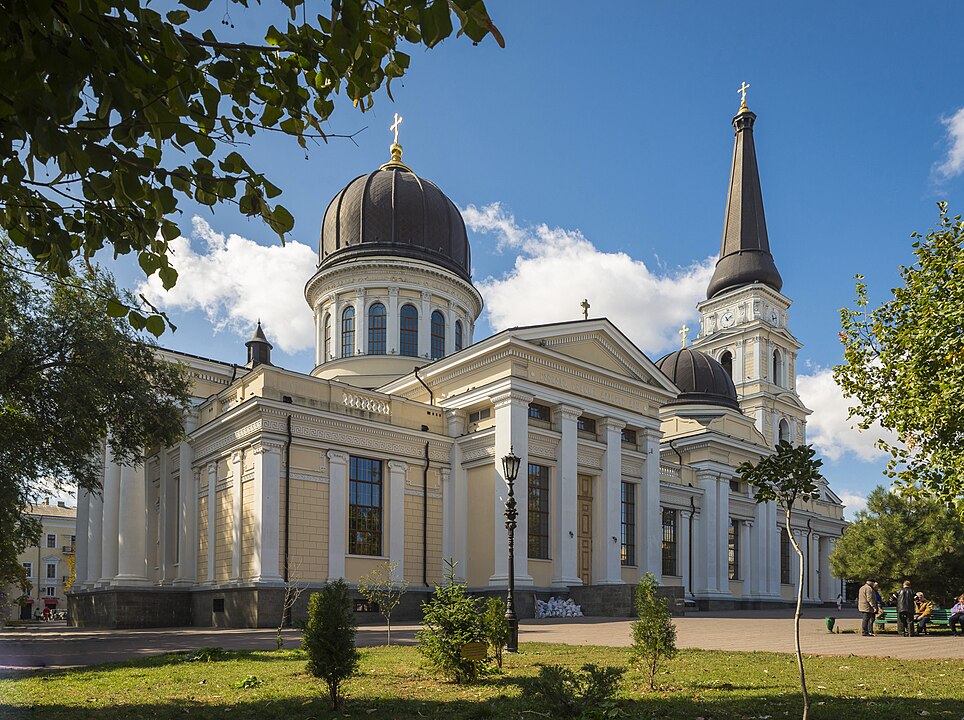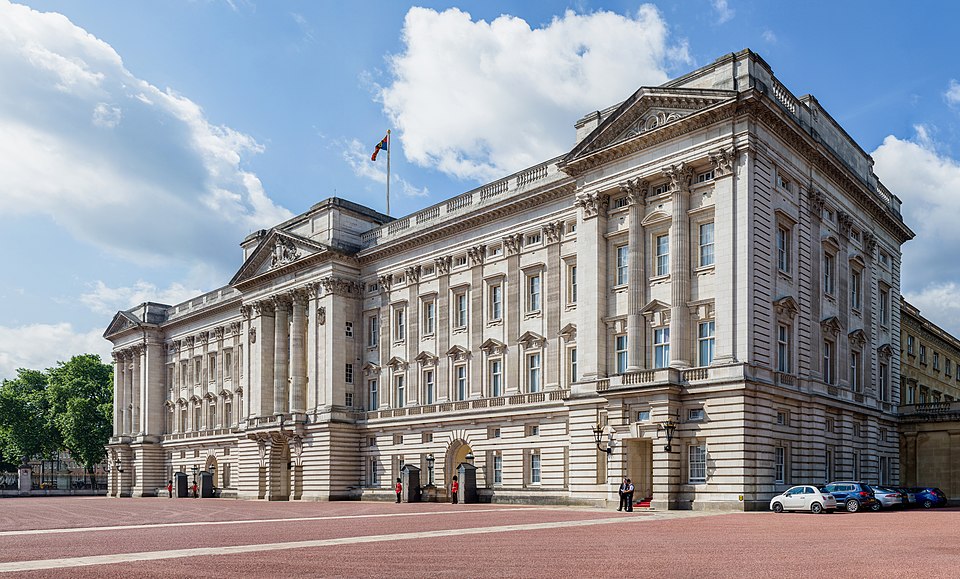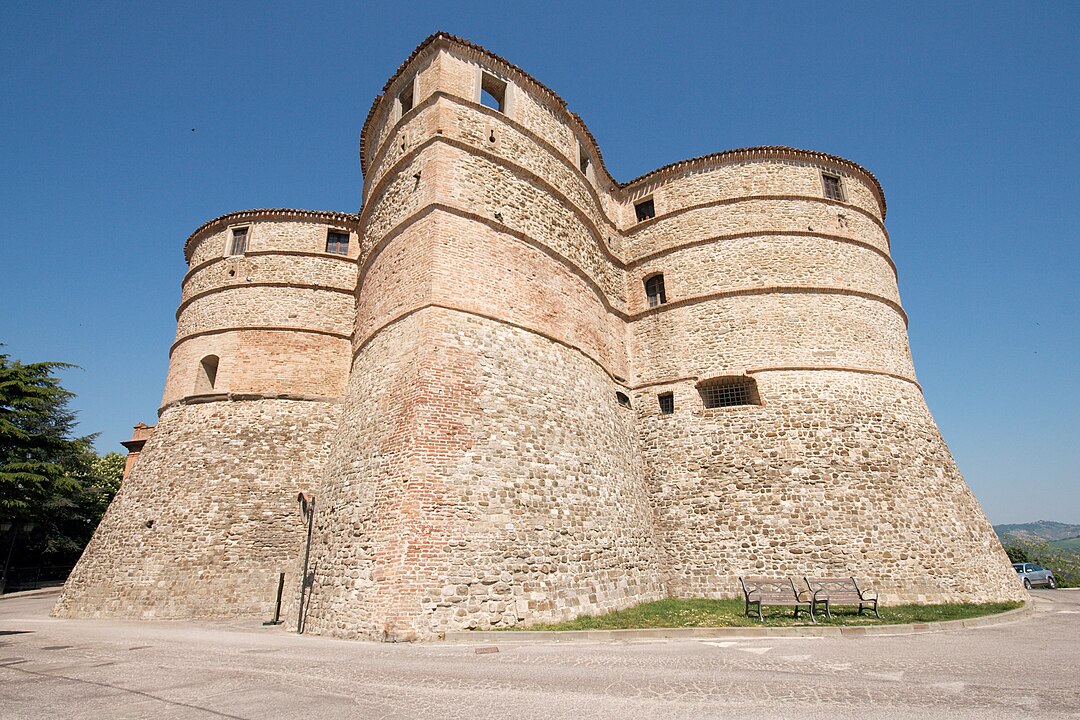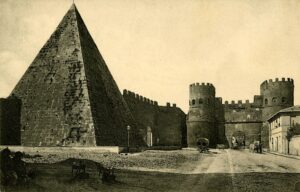Wildfires burn Korean 7th-century temple
In March 2025, southeastern South Korea experienced a series of wildfires of unprecedented scale and destructiveness. Originating with over a dozen ignitions on March 22nd and 23rd, these fires rapidly expanded, ultimately becoming the largest and deadliest on record for the country. The fires resulted in 32 fatalities, primarily among elderly residents (60s and 70s), injured 45 individuals, and displaced approximately 37,000 people.
The scale of destruction included over 48,000 hectares burned, significantly exceeding historical averages and ten times the annual average. Affected areas included residential settlements, industrial zones, and critically, cultural heritage sites, particularly in areas where forests border human infrastructure – known as the Wildland Urban Interface (WUI).
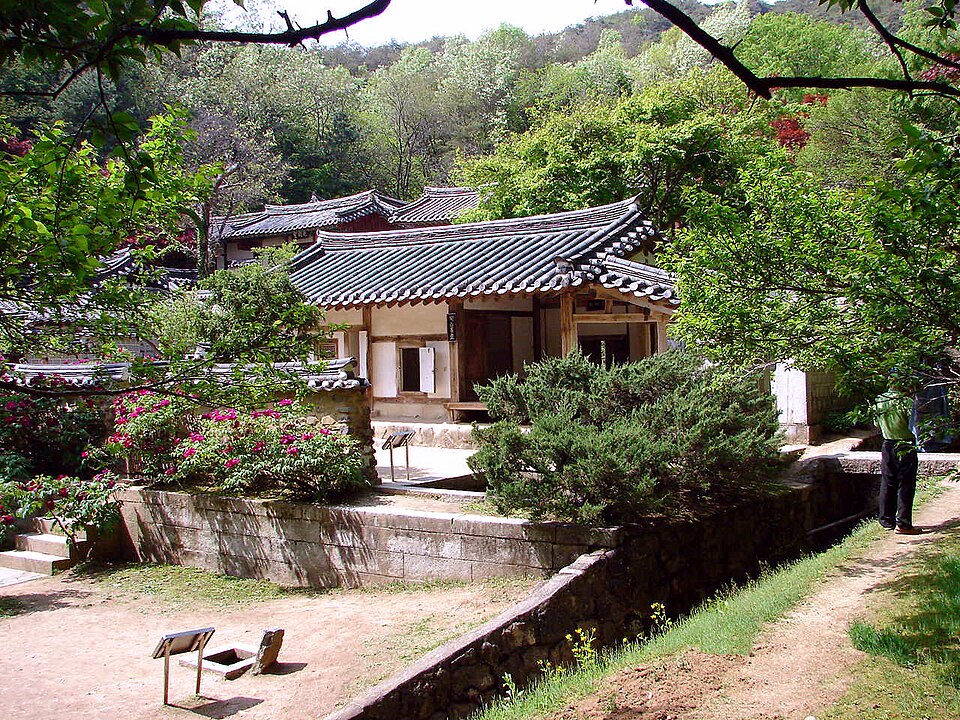
One of the most significant losses was the ancient Gounsa Temple in Uiseong, dating back to 618 AD, which was razed, along with Unramsa Temple (the national treasures housed in the temple had been relocated earlier).
Other vital cultural assets, including the UNESCO World Heritage site Andong Hahoe Folk Village and the Byeongsanseowon Confucian Academy, were also at risk. The destruction of sites like Unramsa Temple highlights severe damage to Korean culture and underscores the need to understand the mechanisms of ignition and spread for future mitigation.
Contributing Meteorological and Climatic Factors
While March and April are typically prone to fires in South Korea, the 2025 event was characterized by exceptional weather conditions. Preceding months saw exceptionally low rainfall, while the days of the fires were marked by very high temperatures, exceeding the average by over 10°C.
To evaluate the influence of anthropogenic climate change on these complex conditions, a study utilizing the World Weather Attribution methodology was conducted. The study analyzed the 5-day maximum Hot-Dry-Windy Index (HDWI) for March across South Korea, alongside February-March rainfall. The HDWI, a composite index combining maximum wind speed and vapor pressure deficit (reflecting atmospheric drying capacity), is used to indicate high fire risk.
Key Findings on Climate Change Attribution
- The combination of high temperatures, low humidity, and strong winds reflected by the HDWI in the 5 days following March 22nd was highly unusual even in today’s climate (approximately 1.3°C warmer than pre-industrial levels due to fossil fuels), with an estimated return period of around 300 years.
- The intensity of the March 2025 peak HDWI is estimated to be about 25% higher in today’s climate compared to the coldest pre-industrial climate. Combining observations and climate models suggests an approximate 15% increase in HDWI intensity and a doubling in its probability in the current climate. Data from the most affected area corroborate this trend.
- Future projections, based on climate models under a scenario of 1.3°C further warming from today (equivalent to 2.6°C above pre-industrial by 2100 under current policies), project a further increase in the March HDWI peak: approximately 5% greater intensity and another doubling of probability. This evidence supports the attribution of the observed trend in fire-favorable weather conditions to anthropogenic climate change.
- While March 5-day maximum temperatures were also rare (75-year return period), they were less exceptional than the combined HDWI. The increase in HDWI appears primarily driven by temperature increases, but the extreme nature of the 2025 event (>300-year return period) is not solely attributable to high temperatures.
- Regarding preceding rainfall, while observation-based products show a slight drought trend, this is not represented in climate models. Consequently, the preceding drought cannot be definitively attributed to anthropogenic climate change.
Architectural Vulnerability of Cultural Heritage
The destruction of sites like Unramsa Temple also highlights inherent vulnerabilities in traditional Korean timber architecture. Structures like these, deeply rooted in Buddhist principles and adapted to the Korean landscape, primarily rely on complex joinery systems (geonmat, jigum) rather than nails, forming intricate skeletal frameworks.
Materials predominantly include wood (pine, fir, oak, larch, cedar) for structural elements and detailing. While traditional clay roof tiles (giwa) are relatively fire-resistant, the underlying wooden sheathing, often cedar, is highly flammable. Interior elements like painted murals, intricate woodwork, and lacquer coatings also contribute to the fuel load.
Architectural features exacerbated the fire’s spread:
- The extensive use of exposed timber acts as readily available fuel.
- The intricate joinery creates numerous cavities and hidden spaces that function as chimneys, accelerating flame propagation.
- Air gaps within the roof and walls facilitate the movement of embers carried by wind, igniting new fires.
- A lack of modern fire retardants or fire breaks within the complex created pathways for rapid spread.
- Proximity of these wooden structures to surrounding vegetation, combined with dry conditions, significantly increased the risk of ignition and spread from brush fires.
Mitigation and Future Preparedness
Responding to the blazes required massive resources, including helicopters and personnel, but containment was challenged by strong winds and dry conditions. The events underscore critical gaps in cultural heritage protection. Moving forward, preventative measures such as vegetation management around sacred sites are essential. For existing historical structures, sensitive retrofitting strategies involving fire-retardant coatings, fire suppression systems that respect historic fabric, and the potential creation of fire breaks are prioritized.
Beyond cultural sites, the scale of the 2025 fires highlights the importance of risk reduction and land-use planning in areas bordering forests to protect residential and industrial settlements. Given the projected increase in fire-prone weather conditions due to climate change, enhancing early detection, suppression, and warning systems, and integrating fire preparedness with infrastructure and emergency frameworks are crucial opportunities.
